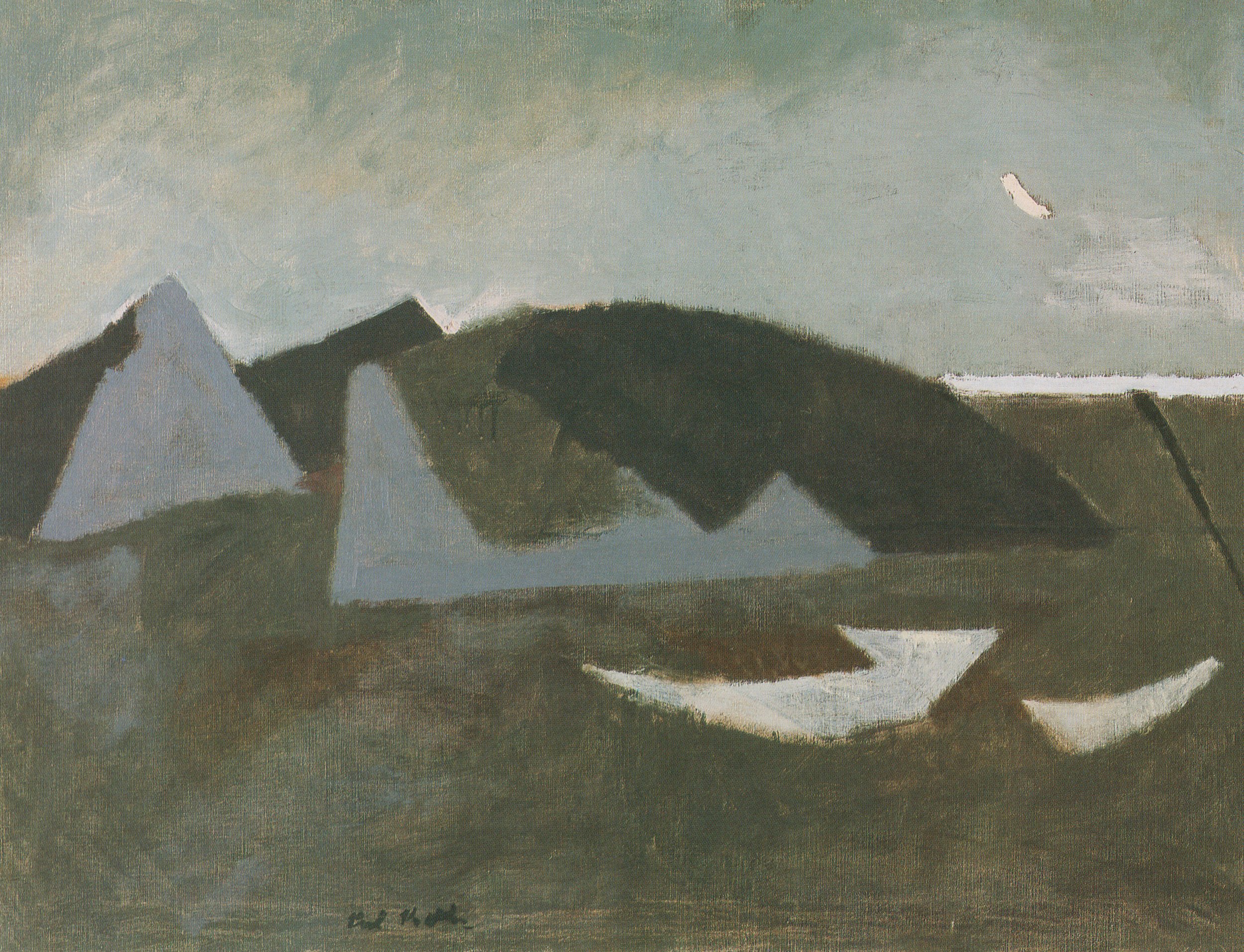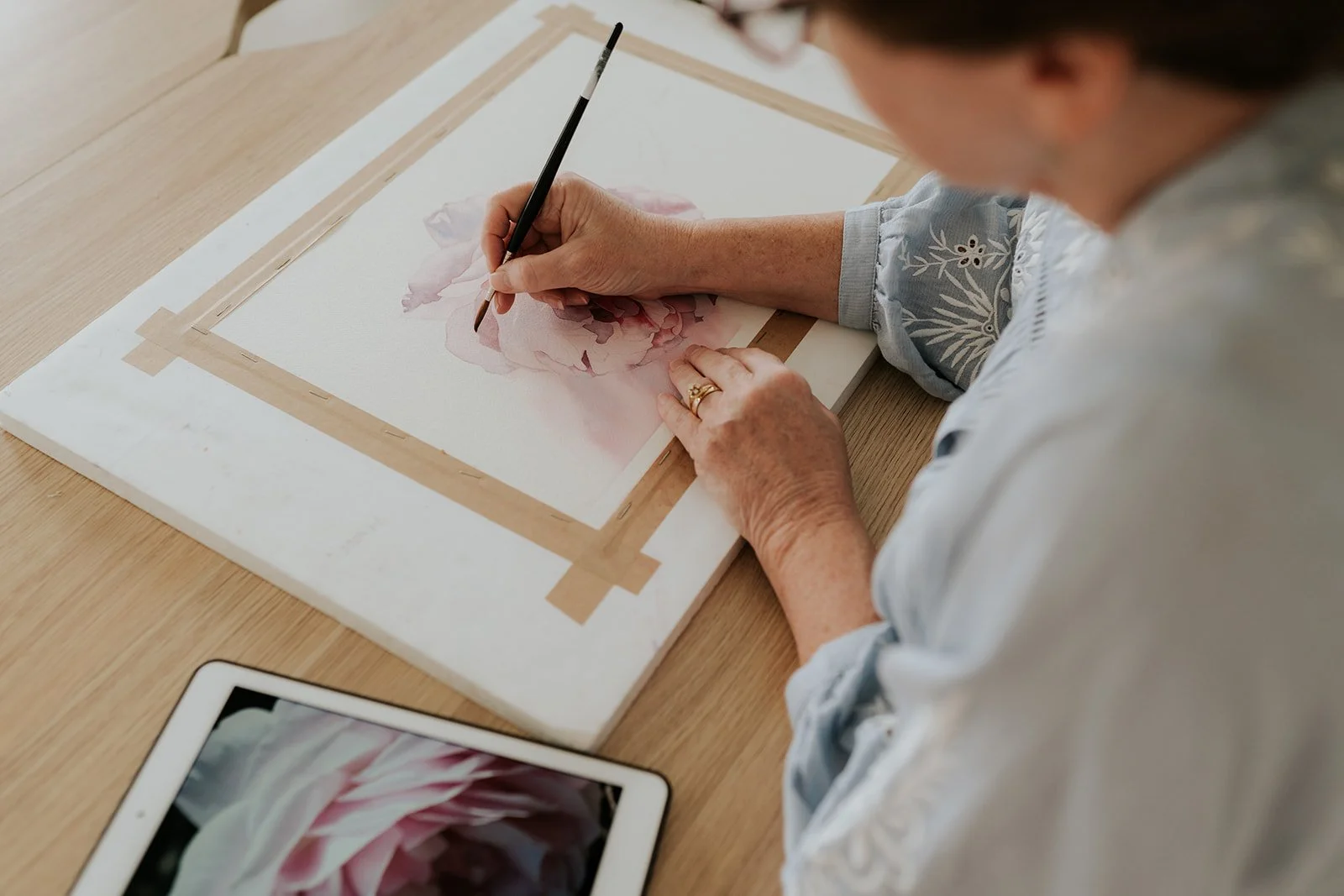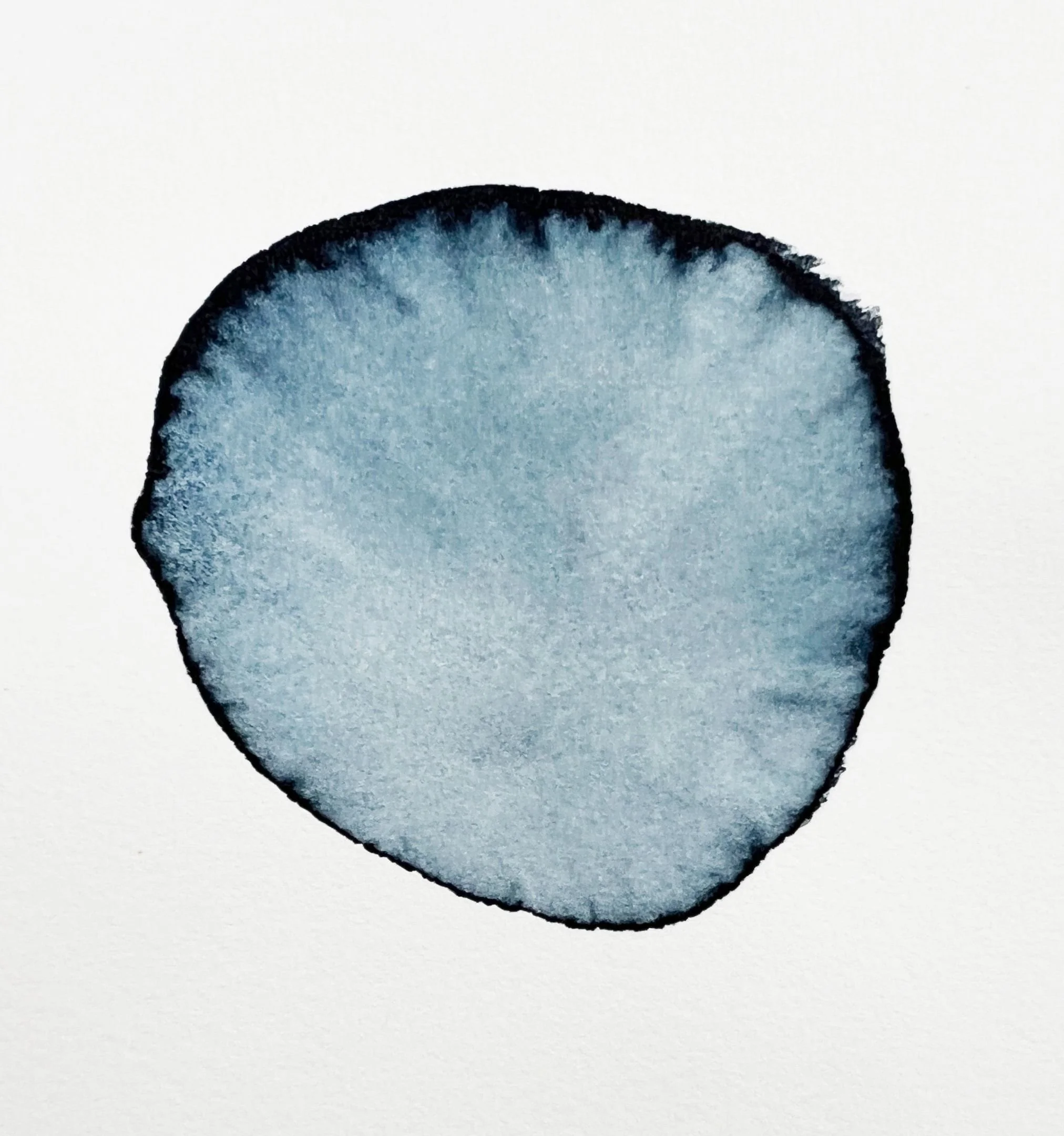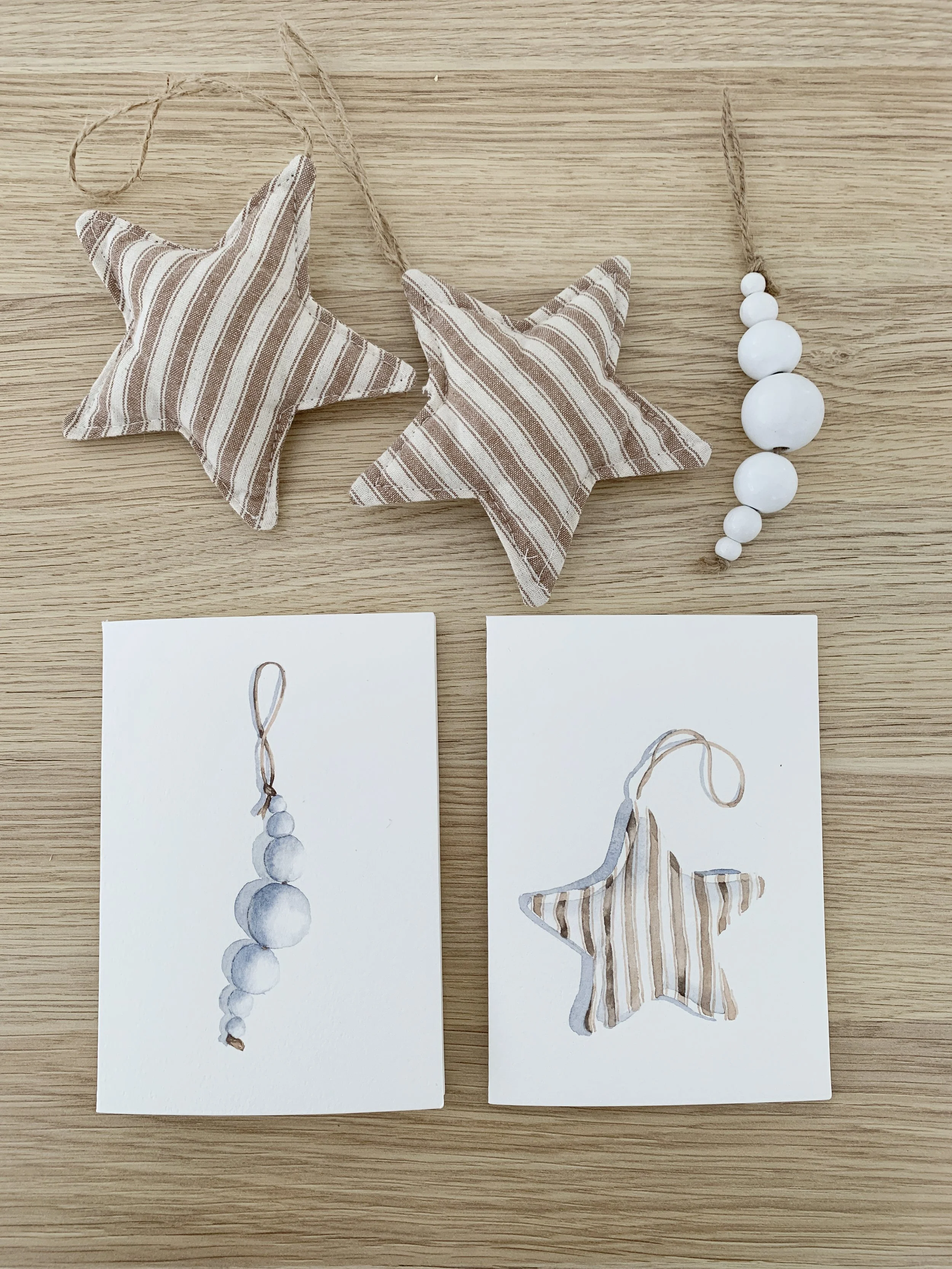Finding the Perfect Artist Signature for Your Paintings
The Artist’s Signature: A Personal Seal of Creativity
Today, let's dive into a topic that's often overlooked but holds immense significance in our artistic journeys – the artist signature.
Many budding artists often find themselves at a crossroads with seemingly simple, yet pivotal questions: 'How should I sign my artwork?' 'Where should I sign on the canvas?'
The choice between paint or pen is more than a matter of preference; it's about making a signature that complements your painting.
Whether you lean towards the bold strokes of a brush or the subtle marks of a pen, each tool adds a different character to your signature. Just like choosing the right colours for your palette, selecting the right tool for your signature is a part of your artistic expression.
Today, let's explore these options together, to find a signature style that resonates with your artistic voice and unique painting.
Have You Ever Considered What an Artist's Signature Reveals About Their Work and Identity?
As artists, we pour our hearts and souls into every stroke, every hue, and every composition. Thus, signing an artwork should reflect our efforts. Signing is more than just displaying your name; it's a declaration of our creative journey, a proud affirmation of our artistry, and a finishing touch. When you sign your work, you take ownership of the idea. If you place your signature below your painting, you also provide easier means of recognition for art lovers.
Why artists sign their artwork
Throughout history, the signature of an artist has served as a hallmark of quality. From ancient times, painters would inscribe their creations, marking them as the fruits of their labor. The medieval "faciebat" ("made by...") evolved into the Renaissance's "me fecit," signifying authorship. Initially, these signatures represented more than just the artist; they were emblems of the workshop's reputation, signifying the mastery of technique and the high caliber of materials used. However, they revealed little about the artists themselves.
Pierre Bonnard signed painting of The Letter 1906
To sign or not to sign
Not all artists choose to sign their painting. This decision can stem from various emotional and personal considerations. Some feel their artwork is incomplete or that the signature disrupts the visual balance. Other artists might seek anonymity or believe their work stands independently of their identity. It's a choice that's deeply personal and unique to each artist. Most artists opt for their full name as they sign the painting. Some may prefer to write their initials only in a bottom corner of their paintings.
Why an artist signature is important
For me, signing artwork is important. It is a meaningful step in your artistic journey. It’s your seal of authenticity, a sign that the piece you've created is an original and a true reflection of your talent. This becomes especially important in the art market, where the distinction between an original piece and a reproduction can significantly impact the value of the artwork.
But it's more than that – it's your personal stamp, a sign that you're proud of what you've created, and you feel it's complete. While your signature can be a part of your artistic brand and provide historical context to your work, remember, it's a personal choice.
Not signing your painting doesn't lessen its value or authenticity. Whether you choose to sign your artwork or not, what matters most is the passion and creativity that you pour into each piece. Your art speaks for itself, with or without signatures.
I prefer not to use paint when I sign my signature on my paintings.
How Artists Make Their Mark on Their Masterpieces
Contemporary approaches
The practice of signing paintings, a topic which holds significant importance in the art world, has varied approaches among famous artists.
Joseph Zbukvic, a renowned watercolour artist, has a distinct style characterised by its sensitivity, lyricism, and atmospheric qualities. His works often capture varied subjects, transforming them into visual poetry. Joseph Zbukvic is globally known for using grey in his watercolour paintings. In contrast, his signature is a vibrant red. He always signs with his full signature and sometimes adds the year.
Joseph Zbukvic signs his paintings in vibrant red paint.
Ali Cavanaugh, an American painter known for her unique modern fresco technique, layers watercolours over a wet kaolin clay surface. This process allows her to create depth and a luminous quality in her works. Cavanaugh's approach to painting is characterised by her focus on gesture and body language, the minimal use of drawing before painting, and her ability to embrace spontaneity and imperfections in the creative process. Ali signs her name in lowercase letters, in keeping with her logo. She uses paint in colours that harmonise with each painting to create a consistent signature style.
Ali Cavanaugh uses paint to sign her name in a colour that harmonises with each individual painting.
Karl Martens is known for his ability to capture the essence and spirit of the birds he paints, he infuses them with a sense of movement and life. He often uses a seal, or chop, that is stamped onto the painting. This chop is a traditional East Asian method of signing works, and it usually contains the artist's name or a symbol representing them, carved into a stone or wood block. The chop is then dipped in red ink and pressed onto the painting. His practice shows beautifully how consistency makes sense when creating a stand-out signature.
How to Create a Signature That Captures Your Artistic Essence
Where to sign your painting
An artist's signature should reflect their style – simple, accurate, legible, and consistent. While many of us opt to sign in the bottom corners, some integrate their signatures seamlessly into the painting. Some artists choose to hide or cleverly integrate their signature within the painting. It's a personal choice, one that can add to the uniqueness of our work. Finding a suitable place for your signature may need time and require some experimentation.
Picasso signed his name in the bottom left corner of his painting 'The Blue Room.'
Karl Knath's signature is aligned closer to the bottom middle edge on his painting 'The Moors'.
How to sign digital art
In digital art, the signature finds its place on the 'front' as there is no physical back to sign. It's a new era challenge, but one that we embrace with creativity. It's just as important to sign your digital art however, to claim the credit it deserves.
Where to sign your art prints
When artists sign their art prints, they do so by hand to add a personal touch of authenticity. This signature is typically placed in the bottom right corner, and a pencil is often the preferred tool for its traditional feel and gentle contrast with the printed work. Additionally, artists might number the print, indicating its unique position in a limited series, for example, "5/50", showcasing the exclusivity of each print.
How to Sign a Painting
Using the same medium in your signature as in your artwork is essential. Oil paintings call for oil paint signatures, while acrylic markers or acrylic paint are best on acrylic paintings. For prints, the finish usually dictates the medium – ink for high-gloss, pencil for matte.
In our transparent medium of choice, watercolour, you can try using a small brush to create your chosen mark or you could use an archival fine pen or graphite pencil. You should try to use the same signature and strive for a legible signature. Practice writing your signature on tracing paper can be very useful here. Write your signature on tracing paper and position it over your painting to find the best placement for it.
An example of Louise De Masi placing her signature on tracing paper and holding it over a completed painting on the lower left corner for positioning.
An example of Louise De Masi placing her signature on tracing paper and holding it over a completed painting on the lower right corner for positioning.
Deciding where to place my signature with the aid of some tracing paper. Left side or right side?
Date and additional information
Adding the full date to the artwork is advised, as it helps track the evolution of the artist's work. The back of the artwork can also be used to add titles, dates, medium used, and other relevant information.
Best practices in signing
When you do decide to sign, consider the placement for visibility. The signature should harmonise with the artwork, adding to it rather than taking away. And remember, the size and appearance of your artwork might influence how you sign – whether it's a full name or just initials.
Tips and techniques for signing your artworks
In my watercolour artworks, I've often used an archival fine point black ink pen for my artist signatures, preferring the bottom right or left corner for subtlety. I avoid using paint as it can be challenging to keep the signature small and unobtrusive. With acrylic paintings, however, I use paint and a fine brush, choosing colours that harmonise with the painting.
Sometimes, on my watercolour paintings, I will use a fine mechanical pencil, signing in my usual style, ensuring it's on the front.
The signature is part of the art, so it's worth taking the time to do it thoughtfully and in a way that complements your work.
A watercolour painting of two galahs signed by Louise De Masi.
Size and proportion of your signature
Your signature should be noticeable but not overpowering. It should complement the painting without distracting from it. A good rule of thumb is to keep the signature proportional to the size of the painting.
Placement of signatures
The bottom left or right corner is the traditional place to write your signature but you can choose a different location if it better suits the composition of your painting. Just ensure it's a spot where it won't be easily cropped or covered, especially if the painting is to be framed.
Legibility and consistency of signatures
Some artists might prefer a stylised or abstract signature but I think it's best to ensure it’s at least somewhat legible for identification and valuation purposes. Try to be consistent with your signature across your artworks. This consistency helps in identifying your work and building your brand as an artist.
Practice
Before signing your painting, practice your signature on a similar piece of paper a few times to get a feel for the pen or brush and to ensure the size and style are what you want.
Exploring creative ways to sign your paintings
As we bring our exploration of the artist's signature to a close, I invite you to join me in a creative challenge. Reflect on your own signature – is it a true representation of your artistic spirit? Does it speak your language of colours, forms, and emotions?
If you've never given it much thought, now is the perfect time to start. Experiment with different styles, colours, and placements. Let your signature be more than just a name; let it be a whisper of your soul, a hint of your journey, and a seal of your creativity.
Share your discoveries and experiments with us. After all, each stroke of our signature is a brushstroke in the grand painting of our artistic journey. Let's make each one count, whether it is a monogram, your initials or just a pen scribble on the paper.
Do you sign your artworks? If yes, I would love to hear what you use to sign your artwork.
Happy painting 🖌️ 🎨
If you are interested in learning to paint in watercolour, I have over 170 online, voiced over watercolour tutorials for all skill levels.
The original watercolour painting of the 2 galahs is available to purchase in the shop.















